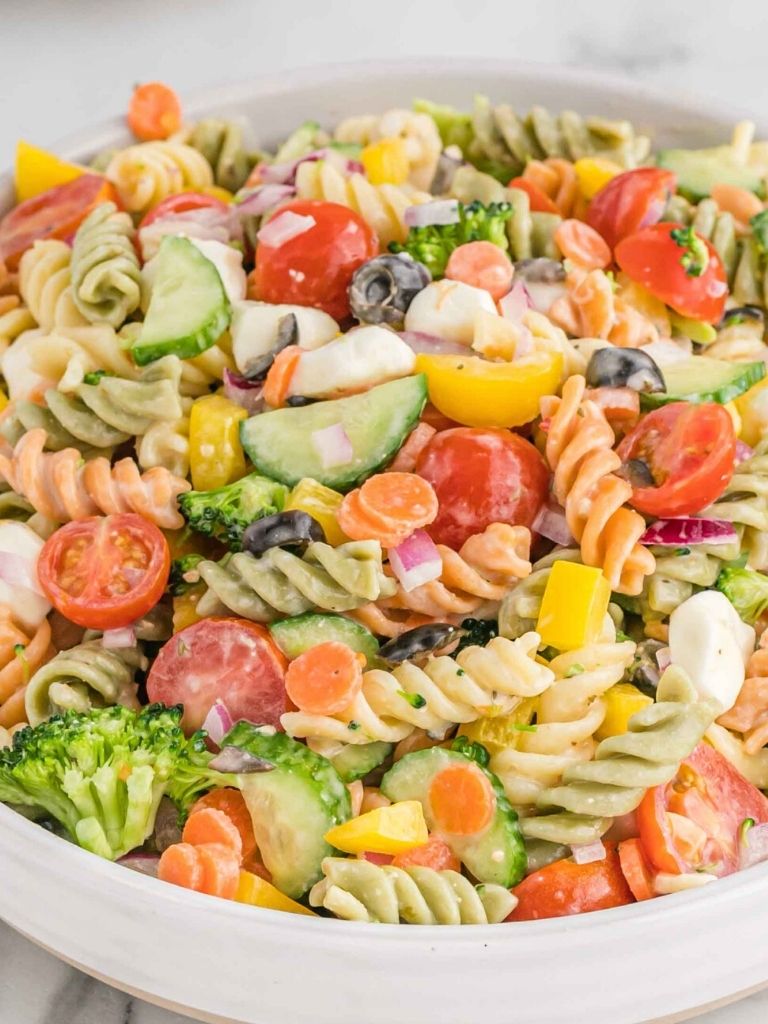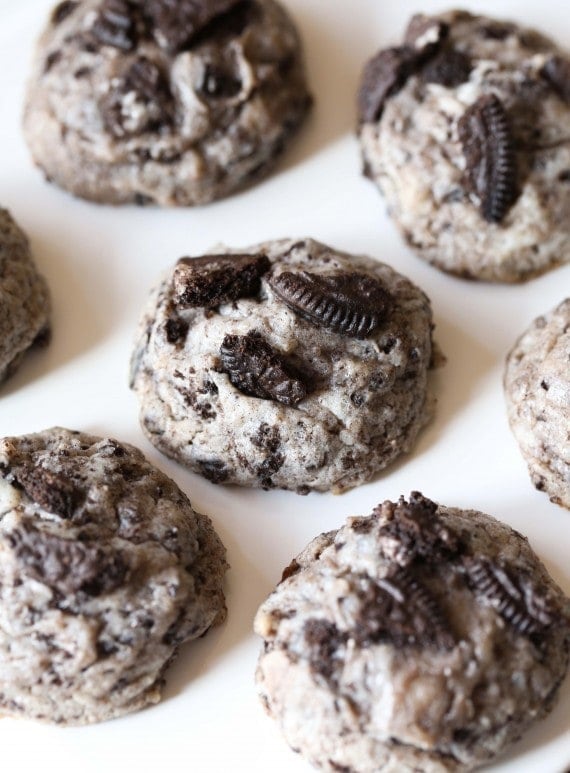Green Cake Recipe: Discover the Cultural Heritage and Health Benefits
Green Cake, with its vibrant hue, traces back to ancient times in various cultures. In Japan, matcha (finely ground green tea leaves) has been used in desserts for centuries. Matcha’s introduction to Japan dates back to the 12th century by Buddhist monks. They recognized both its medicinal properties and its unique flavor. Matcha-infused sweets became a staple in Japanese tea ceremonies, eventually leading to the creation of Green Cake.
In Southeast Asia, pandan (screwpine leaves) has long been a cherished ingredient. Pandan’s aromatic leaves impart a natural green color and distinct flavor to numerous local delicacies. Traditional Filipino, Indonesian, and Malaysian cuisines often feature pandan-based sweets. Pandan cake, a precursor to modern Green Cake, emerged as a popular treat in these regions.
Cultural Significance
Green Cake holds significant cultural importance in various societies. In Japan, green tea’s association with Zen Buddhism gives matcha-based desserts, including Green Cake, a spiritual undertone. It’s commonly served during tea ceremonies, symbolizing peace and mindfulness.
In Southeast Asia, pandan leaves are integral to cultural celebrations. Pandan-infused cakes often appear at weddings, birthdays, and religious festivals. They symbolize prosperity and good fortune. Pandan cake’s green color represents life, growth, and renewal, making it a significant celebratory dessert.
Green Cake, blending historical roots with cultural values, continues to evolve, captivating global food enthusiasts with its unique flavors and rich heritage.
Key Ingredients of Green Cake
Natural Coloring Agents
You achieve the green hue of Green Cake using natural coloring agents. Matcha powder stands out due to its vibrant color and health benefits. Made from finely ground green tea leaves, it adds a distinct green shade and a subtle, earthy flavor. Pandan leaves serve as another natural colorant, particularly popular in Southeast Asian recipes. They impart a bright green color and a fragrance reminiscent of vanilla and coconut. Spinach and spirulina provide alternative green tints; using these can give your cake a unique nutritional edge without artificial dyes.
Flavor Profiles
You enjoy Green Cake for its intriguing combination of flavors derived from its ingredients. Matcha offers a slightly bitter, earthy taste complemented by sweetness; this makes it ideal for pairing with ingredients like white chocolate and cream. Pandan infuses a sweet, floral aroma reminiscent of vanilla and coconut, adding depth to traditional sponge or chiffon cakes. For a more adventurous palate, use herbs like basil or mint, offering freshness and complexity to the cake’s flavor. These diverse flavor profiles ensure each bite of Green Cake provides a delightful and memorable experience.
Green Cake Recipes
Classic Green Cake
Classic Green Cake captures the essence of traditional Japanese and Southeast Asian flavors. Matcha and pandan are the primary ingredients. For matcha-based Green Cake, combine matcha powder with flour, sugar, eggs, and butter. Bake until the cake has a light green hue and a moist texture. Pandan cake involves extracting juice from pandan leaves, adding coconut milk, and mixing with similar cake ingredients. This results in a fragrant and fluffy dessert. These recipes honor the classic approach, reflecting historical and cultural roots.
Innovative Variations
Innovative Green Cake variations incorporate modern ingredients and techniques. Adding white chocolate creates a richer flavor similar to green tea truffles. Basil or mint provide an unexpected twist, enhancing the cake’s aroma and taste. For even more health benefits, use spirulina or spinach for natural coloring. Vegan versions replace eggs and butter with alternatives like flaxseed and coconut oil, maintaining the cake’s moistness and texture. These novel approaches push the boundaries of traditional Green Cake, offering diverse and appealing options.
Health Benefits and Considerations
Nutritional Value
Green Cake integrates ingredients like matcha and pandan that offer distinct nutritional benefits. Matcha is rich in antioxidants, notably catechins, which aid in combating free radicals. Consuming matcha may also enhance metabolism and increase fat burning. Pandan leaves contribute vitamins like A, B, and E, promoting overall well-being. Depending on the recipe, Green Cake might also include nutrient-dense inclusions such as almond flour, which provides healthy fats, fiber, and protein. When prepared with moderation in sugar, Green Cake can be a balanced treat that nourishes the body.
Dietary Restrictions
Green Cake can cater to various dietary needs. For gluten-free diets, you can substitute regular flour with almond or coconut flour. Vegan options are available as well, replacing dairy with plant-based alternatives like coconut milk or almond milk and using flaxseed or chia seeds as egg substitutes. For those monitoring their sugar intake, natural sweeteners like stevia or erythritol can be utilized. These adjustments ensure that Green Cake remains inclusive while preserving taste and texture.
Green Cake in Modern Cuisine
Restaurant Trends
Green Cake has gained traction in various restaurants, elevating it to a modern delicacy. Chefs now experiment with ingredients like matcha and pandan, creating innovative variations. Some upscale eateries offer Green Cake infused with exotic flavors like yuzu and coconut. Presentation has also evolved, with decorations featuring edible flowers and gold leaf. This dessert appeals to patrons seeking traditional flavors with a gourmet twist. Michelin-starred restaurants in city centers frequently feature Green Cake, showcasing its versatility and aesthetic appeal.
Home Baking Inspirations
Home bakers have embraced Green Cake, often sharing recipes online. Platforms like Pinterest and Instagram brim with creative ideas. Using accessible ingredients like matcha powder and pandan essence, enthusiasts recreate this dessert effortlessly. Some popular home modifications include using almond flour for a gluten-free option and coconut sugar for a low-glycemic version. Recipes often incorporate step-by-step videos, making it easier for novices. Seasonal variations flourish, with bakers incorporating fruits like mango and berries to enhance the cake’s natural flavors.
Conclusion
Green Cake beautifully bridges tradition and modern culinary innovation. Whether you’re enjoying it at a high-end restaurant or baking it at home, this dessert offers a delightful blend of flavors and health benefits. Its versatility makes it suitable for various diets, and the creative possibilities are endless with ingredients like matcha and pandan. By embracing Green Cake, you’re not just indulging in a delicious treat but also celebrating a rich cultural heritage. So go ahead and explore the myriad ways to enjoy this unique and nourishing dessert.






